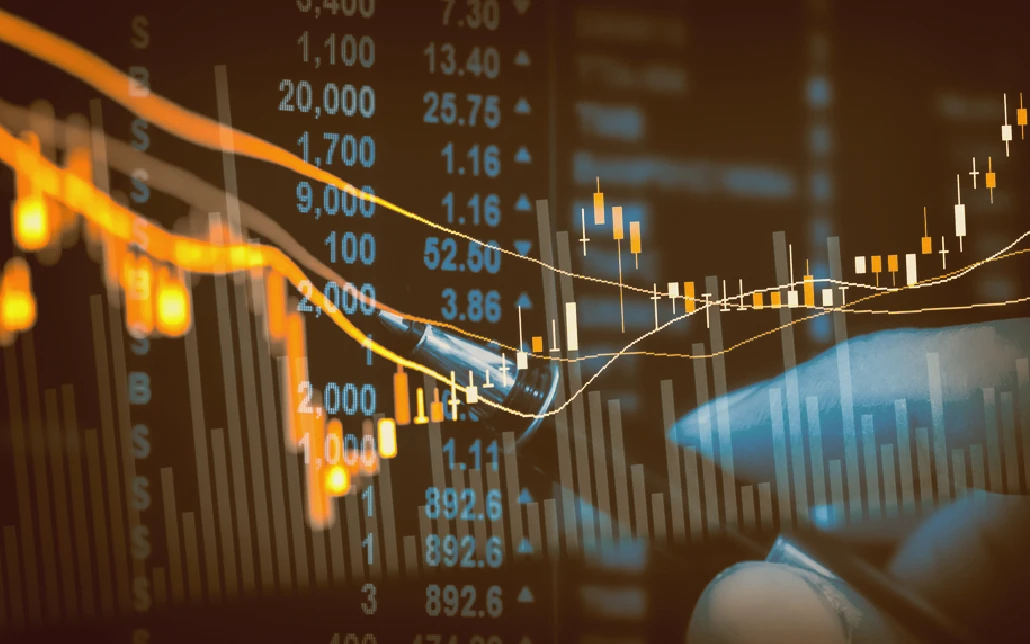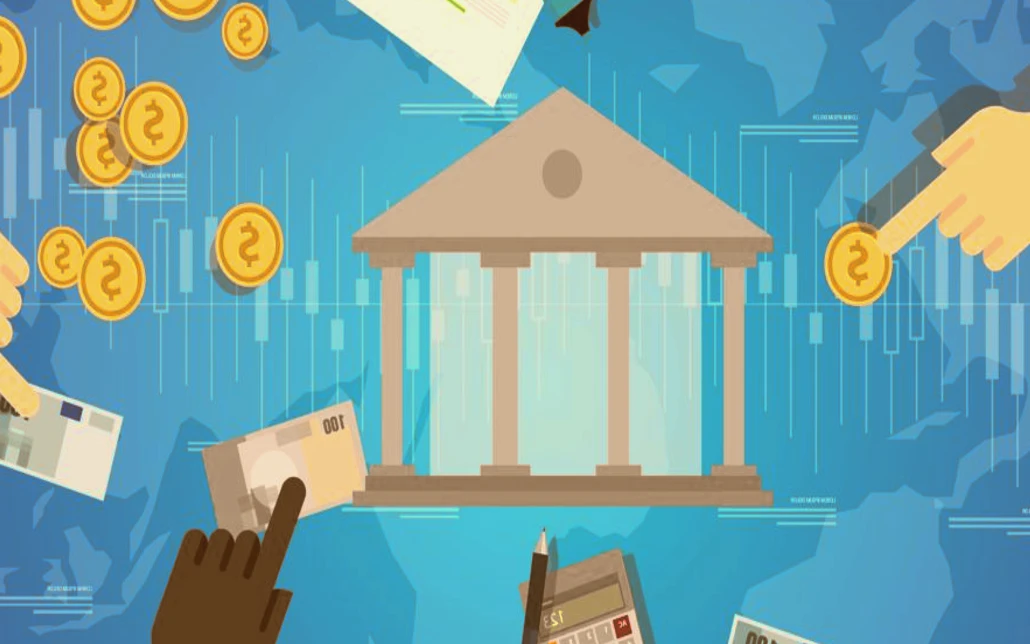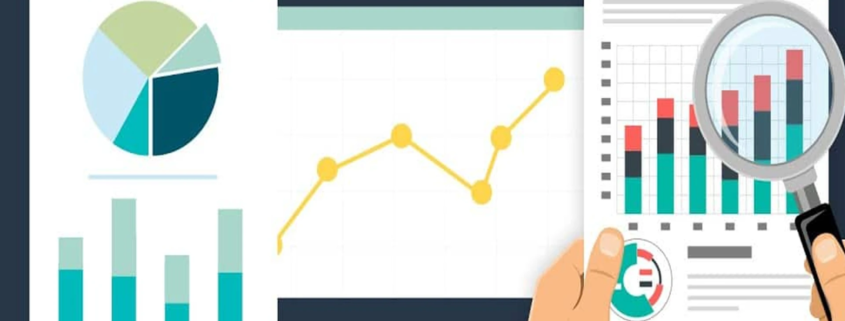Fundamental Analysis in Forex
Whether you’re a seasoned trader or just dipping your toes into the waters of currency trading, understanding the fundamentals is crucial. In this comprehensive guide, we’ll explore various facets of fundamental analysis, sharing insights, anecdotes, and tips to help you navigate the forex market more confidently.
What is Fundamental Analysis?
Fundamental analysis in forex is like being a detective. It’s all about understanding the underlying factors that influence the value of a currency. Just as a detective looks for clues, a forex trader looks at economic indicators, geopolitical events, and other variables that can impact currency prices.
Imagine you’re planning a road trip. You wouldn’t just look at a map and go, right? You’d check the weather, consider the traffic, maybe even look up some interesting stops along the way. Fundamental analysis is the same. It’s about looking at the bigger picture to make informed trading decisions.

Economic Indicators
Economic indicators are the bread and butter of fundamental analysis. These indicators, released by governments and other organizations, give us a peek into the economic health of a country. But don’t let the jargon scare you off. It’s simpler than it sounds.
Gross Domestic Product (GDP)
GDP is like the report card for a country’s economy. It measures the total value of all goods and services produced over a specific time period. When GDP is up, it’s usually a sign that the economy is doing well, and the currency might strengthen. Conversely, a falling GDP can signal economic trouble, leading to a weaker currency.
Think of it this way: if a country’s GDP is booming, it’s like having a thriving business. Investors are more likely to want a piece of that action, driving up the demand (and price) of the currency.
Inflation Rates
Inflation is another key player in the world of forex. It measures how fast prices are rising in an economy. Moderate inflation is normal, but when it gets out of hand, it can erode the value of money. Central banks often step in to control inflation, and their actions can have significant effects on currency values.
Imagine inflation like the water level in a bathtub. Too low, and the economy might be stagnant (think recession). Too high, and it can overflow, causing economic chaos. Central banks try to keep it at just the right level.
Central Banks and Monetary Policy
Central banks are the puppeteers behind the scenes, pulling the strings of the economy. Their primary tool is monetary policy, which they use to control the supply of money. This can involve adjusting interest rates, which directly impacts the forex market.
Interest Rates
Interest rates are like the price of money. When they go up, borrowing becomes more expensive, and saving becomes more attractive. This can slow down an overheated economy. Lower interest rates do the opposite, encouraging borrowing and spending to boost a sluggish economy.
Think of interest rates as the gas pedal and brakes of a car. Central banks use them to control the speed of the economy, and traders need to watch these moves closely.

Quantitative Easing (QE)
QE is a more unconventional tool. It involves central banks buying financial assets to inject money directly into the economy. This can lower interest rates and increase lending and investment. But it’s not without risks, including inflation and asset bubbles.
Imagine QE as a strong coffee for the economy, giving it a much-needed jolt when it’s feeling sluggish. But too much caffeine can have side effects.
Geopolitical Events
The forex market is highly sensitive to geopolitical events. Wars, elections, trade disputes – these can all cause significant volatility. Traders need to stay informed about global news and understand how different events might impact currency values.
Political Stability
Political stability is crucial for a strong economy. Countries with stable governments and predictable policies tend to attract more investment, which strengthens their currencies. On the flip side, political turmoil can scare off investors and weaken a currency.
Imagine trying to build a house on a shaky foundation. It’s the same with economies and currencies. Stability is key.
Trade Relations
Trade relations between countries also play a big role. Positive trade relations can boost economies and strengthen currencies, while trade wars and tariffs can have the opposite effect.
Think of trade relations as the friendships between countries. Good friends trade easily and help each other out, while strained relationships can lead to costly disputes.

Personal Anecdotes: Lessons from the Trading Floor
I remember my first big forex trade. I had just read about an upcoming interest rate hike in the U.S. I was confident the dollar would strengthen, so I bought USD/JPY. At first, everything went according to plan, and I was up a decent amount. But then, a surprise political event threw a wrench in the works, and the market turned against me. I ended up closing the trade with a small profit, but it was a humbling experience.
This taught me the importance of considering all factors – not just the obvious ones. It’s like playing chess. You need to think several moves ahead and anticipate different scenarios.
Sentiment Analysis: Reading the Market’s Mood
Fundamental analysis isn’t just about cold, hard data. Sentiment plays a huge role. Market sentiment reflects how traders feel about a currency. Are they optimistic or pessimistic? Sentiment can be influenced by news, economic reports, and even rumors.
Market Psychology
Market psychology is fascinating. It’s about understanding how fear and greed drive market movements. A piece of news that sparks fear can lead to a sell-off, while good news can trigger buying sprees.
Think of market psychology as the mood of a crowd. Sometimes it’s jubilant, sometimes it’s anxious. As a trader, you need to be a keen observer of these moods.
Speculative Positions
Speculative positions can also give clues about market sentiment. For instance, if many traders are long on a currency, it might indicate bullish sentiment. But if the market is overly crowded in one direction, it could be ripe for a reversal.
It’s like when everyone rushes to buy the latest gadget. At some point, demand peaks, and the market shifts. Recognizing these patterns can be incredibly valuable.
Data Presentation: Making Sense of the Numbers
To truly grasp fundamental analysis, you need to get comfortable with data. Let’s look at some key economic indicators and how they can be presented.
| Economic Indicator | Definition | Impact on Currency |
|---|---|---|
| GDP | Total value of goods/services produced | Higher GDP often strengthens currency |
| Inflation Rate | Rate at which prices increase | High inflation can weaken currency |
| Interest Rate | Cost of borrowing money | Higher rates can strengthen currency |
| Unemployment Rate | Percentage of jobless people | Lower unemployment can strengthen currency |
Interpreting the Data
Data interpretation is where the magic happens. For instance, if you see that a country’s GDP is growing, inflation is under control, and unemployment is falling, you might conclude that the currency will strengthen. But remember, it’s not always that straightforward. You need to consider all the pieces of the puzzle.
Think of it as being a doctor diagnosing a patient. You look at all the symptoms and tests before making a diagnosis. In forex, you analyze all the data before making a trade.
Combining Fundamental and Technical Analysis
While this article focuses on fundamental analysis, it’s worth mentioning that many traders combine it with technical analysis. Technical analysis involves studying charts and patterns to predict future price movements. Combining the two can give you a more comprehensive view.
The Best of Both Worlds
Using both types of analysis can be like having a compass and a map. Fundamental analysis tells you where you’re going, while technical analysis helps you navigate the terrain.
It’s like cooking a gourmet meal. Fundamental analysis is choosing the right ingredients, and technical analysis is following the recipe. Together, they can create something delicious.
Final Thoughts: Embracing the Journey
Fundamental analysis in forex is both an art and a science. It requires a mix of analytical skills, intuition, and experience. But don’t be intimidated. With practice, you can develop a keen sense for how economic events impact currency markets.
Remember, every trader’s journey is unique. You’ll have your own successes and setbacks. The key is to keep learning and adapting. Forex trading is a marathon, not a sprint. So take your time, stay curious, and enjoy the ride.
In conclusion, fundamental analysis is a powerful tool in the forex trader’s arsenal. By understanding economic indicators, central bank policies, geopolitical events, and market sentiment, you can make more informed trading decisions. And while it’s important to stay grounded in data, don’t forget the human element. Trading is as much about psychology and intuition as it is about numbers.
So, what’s your next move? Are you ready to dive deeper into the world of fundamental analysis? Or maybe you have your own stories and experiences to share? Whatever your path, remember that the forex market is a dynamic and ever-changing landscape. Stay sharp, stay informed, and happy trading!
FAQs
Fundamental analysis in forex involves studying various economic, political, and social factors that influence currency values. Traders use this analysis to understand the underlying health of an economy and predict future currency movements.
Gross Domestic Product (GDP) measures the total economic output of a country. A rising GDP usually indicates a strong economy, which can lead to a stronger currency as investors seek to buy into a healthy market. Conversely, a falling GDP can signal economic trouble and weaken the currency.
Interest rates set by central banks directly impact the cost of borrowing and the return on savings. Higher interest rates can attract foreign investment, increasing demand for the currency and pushing up its value. Lower interest rates can have the opposite effect, making the currency less attractive.
Inflation measures how quickly prices are rising in an economy. Moderate inflation is normal, but high inflation can erode purchasing power and weaken a currency. Central banks often adjust interest rates to control inflation, which in turn affects currency values.
Central banks control monetary policy and manage the supply of money in an economy. They use tools like interest rates and quantitative easing to influence economic activity and stabilize the financial system. Their decisions can have significant impacts on currency values.
Geopolitical events, such as elections, wars, and trade disputes, can create uncertainty and volatility in forex markets. Political stability tends to strengthen a currency, while instability can weaken it. Traders must stay informed about global news to anticipate market reactions.
Market sentiment reflects the collective mood and outlook of traders. It can be influenced by economic reports, news, and rumors. Positive sentiment can drive currency prices up, while negative sentiment can cause prices to fall. Understanding sentiment helps traders gauge market dynamics.
Yes, many traders combine fundamental and technical analysis to make more informed decisions. Fundamental analysis provides the broader economic context, while technical analysis focuses on price patterns and trends. Together, they offer a comprehensive view of the market.
Central bank announcements, such as changes in interest rates or new monetary policies, can cause significant market reactions. Traders closely monitor these announcements to adjust their positions based on the expected impact on currency values.
Quantitative easing (QE) involves central banks purchasing financial assets to inject money into the economy. This can lower interest rates and stimulate economic activity but may also lead to inflation and currency devaluation. Traders watch QE policies closely for their market impact.
Political stability fosters investor confidence and attracts foreign investment, strengthening a currency. Conversely, political turmoil can deter investment and weaken a currency. Stability is crucial for a strong and resilient economy.
Fundamental analysis helps you make informed trading decisions based on the economic health of countries. It provides a deeper understanding of market movements and can lead to more strategic and confident trading. Combining it with other analysis methods can further enhance your trading success.





Leave a Reply
Want to join the discussion?Feel free to contribute!